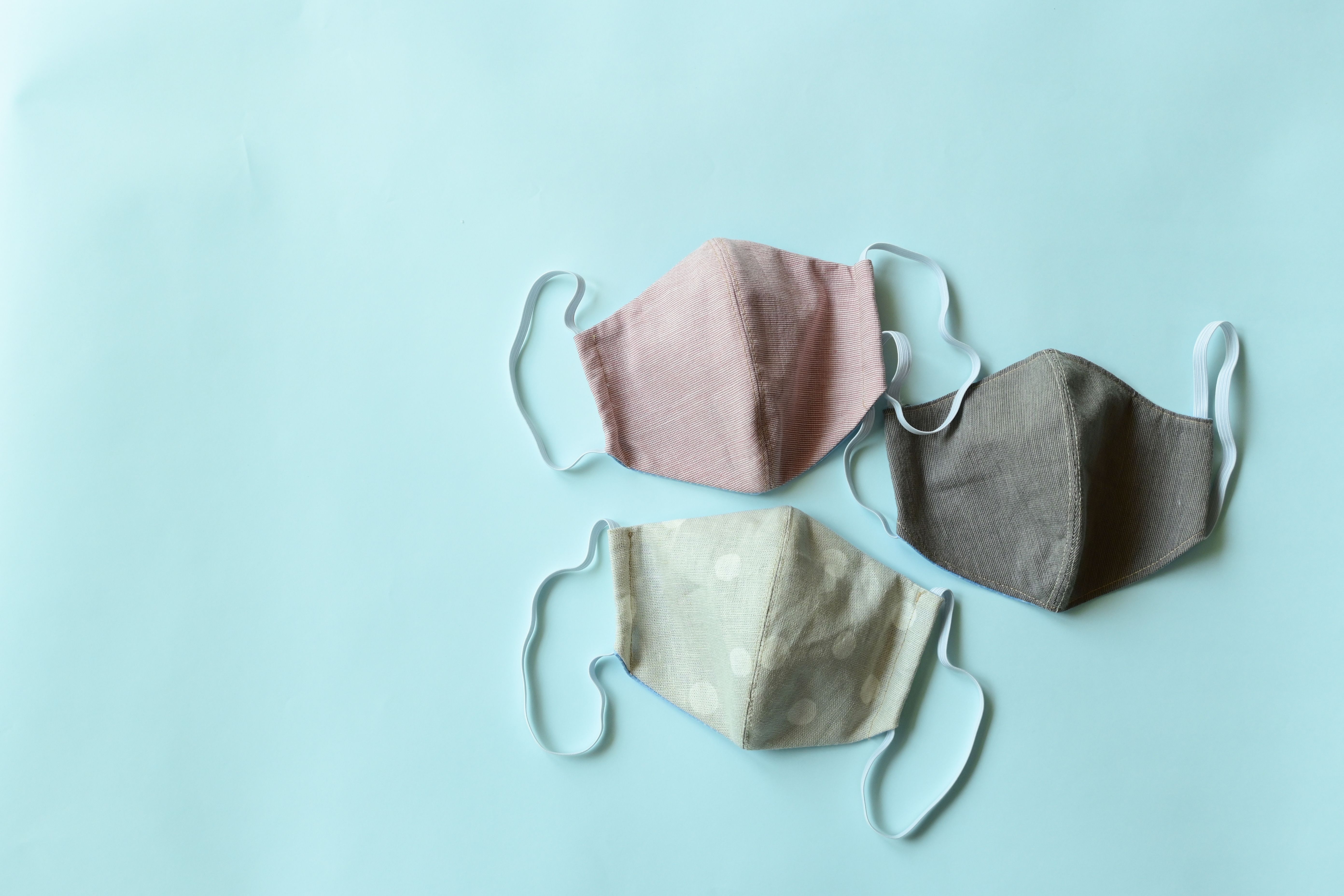Study: DIY Face Masks Need at Least 2 Layers to Curb COVID-19 Transmission
A recent video case study found homemade cloth face masks need a minimum of 2 layers to effectively prevent the spread of COVID-19.
©sutichak/stock.adobe.com

Homemade cloth face masks need a minimum of 2 layers, and preferably 3, to effectively prevent the spread of viral droplets associated with coronavirus disease 2019 (COVID-19), suggests a recent video case study published online in the journal Thorax.
Worldwide shortages of personal protective equipment during the pandemic led some health agencies such as the US Centers for Disease Control and Prevention (CDC) to recommend the use of homemade cloth face masks to reduce transmission.
To determine how effective homemade cloth face masks are at preventing the spread of COVID-19, a team of Australian researchers compared the CDC-recommended 1-and 2-layer cloth face coverings (175 g/m2 cotton fabric, with a threat count of 170/inch) against a 3-ply surgical mask (Bao Thach).
The single layer mask was made from a folded piece of cotton T-shirt and hair ties, and the double layer mask was made using the CDC-recommended sew method. A tailored LED lighting system and a high-speed camera were used to film the dispersal of airborne droplets produced by 1 healthy participant without any respiratory infection, during speaking, coughing, and sneezing while wearing each type of mask.
The video recording showed that the 3-ply surgical face mask was the most effective in preventing droplet spread, although even a single layer cloth face mask was found to reduce droplet spread from speaking. A 2-layer cloth face mask, however, was significantly better at reducing droplet spread caused by coughing and sneezing.
The researchers stressed that this is just 1 case and several other factors can determine the efficacy of cloth masks, including type of material, the number of layers, the arrangement of different layers, and frequency of washing.
“However, based on the visualizations presented, in case of shortages of surgical masks, a cloth face covering with at least two layers is preferable to a single-layer one. Guidelines on home-made cloth masks should stipulate multiple layers (at least 3),” concluded authors.